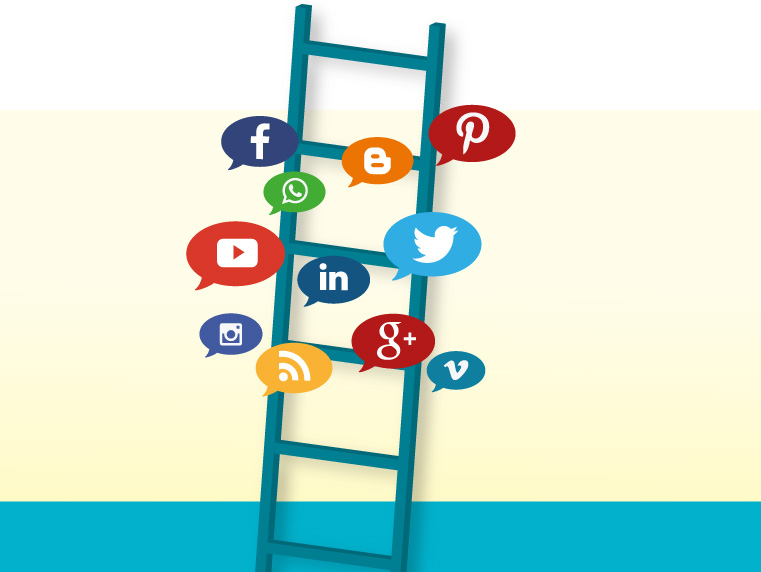HealthManagement, Volume 16 - Issue 3, 2016

Why should radiologists engage in Twitter?
As the term "social media network" implies, using Twitter is about networking. The type of networking depends on your own or your group's needs. In the academic world, Twitter can serve as a tool to forge connections with other radiologists (not to mention physicians or even patients). As an individual, Twitter can be used to promote your work or your opinions. In this manner, it acts as a platform for individuals to have a voice in the medical community. In fact, the Mayo Clinic recently added social media scholarship as one of the potential means by which a faculty may be promoted.
Departmental or practice-based accounts have similar benefits. A departmental Twitter account can be used to promote faculty research, departmental education, and societal involvement. In private practice, Twitter can serve as a means of advertising by which you differentiate yourself from competitors based on the services you provide.
For the budding social media radiologist, join Twitter and follow some of the prominent names in radiology. You will soon find yourself learning about the current state of radiology, not only on a medical level but especially on a policy level. There is much to learn and Twitter will connect you to the important conversations in our field and the people who are most well respected in addressing those topics.
What are your top social media tools for radiology?
Twitter: As described above, it is the foremost social media network for academic discussion. While there is significant discussion concerning policy, education is another huge focus.
Facebook: While Twitter serves best as an inter-professional network, Facebook is often the best way to connect with patients. Creating a business page on Facebook can give your practice/department a landing page that is accessible to the demographics most likely to be using your services.
Instagram: Our personal favorite, Instagram, is visually based and engages users in a completely different way. Radiology is well-suited for this platform. We have used Instagram as a means to focus on radiology education. We incorporate a single teaching point with a characteristic image.
Figure 1 – Figure 1 is an Instagram for medical professionals. This network has a large, engaged community. While we post the same content on both Instagram and Figure 1, we find that the discussion is much richer than the discussion on Instagram.
Blog: We use our departmental blog to communicate with patients. A blog allows us the most freedom; however, it takes the most time to prepare content. The main benefit of the blog is that it serves as a platform for us to host enduring content. You can find our blog at http://blog.cincinnatichildrens.org/radiology/
What are the main challenges for radiologists in using social media? How can these be overcome?
There a re a n umber of c hallenges. Perhaps t he biggest challenge is being well versed in the nuances between the different social media networks. It can be hard to grasp something new and with the multitude of different networks, it c an be daunting to k now w here to begin. Facebook is probably the most popular social media network across the demographic of radiologists. However, it is not well suited for a discussion among professionals. Twitter is a bit more difficult because of the constraint of the platform – each Tweet must be composed of 140 characters or less. Even with this constraint, Twitter is the most engaging social media platform for professional discussion.
Time is the other main challenge. As physicians, we are being pulled in a number of different directions everyday. There are ways to make your time on social media more efficient but your time will likely be related to the goals of your social media use. We have found that it is important to define your goals with using each social media network before beginning.
How do you organise your own professional social media activity - once a day or as needed?
We have planned content everyday across all of our platforms. F or t his c ontent, w e u se s ocial m edia t ools l ike Hootsuite and Schedugram to autopost prepared content. However, we are also responsive to interactions throughout the day and engage other users regularly. Prescheduled content allows us the time to be able to respond during the day as we would not otherwise have the time to interact.
Each social media channel has its own schedule. We post content on Instagram and Figure 1 five days a week. This content is organised around daily themes: #MSKMonday, #TummyTuesday, #NeuroWednesday, #ThoraxThursday, and #FridayQuizDay. Blog content is posted 2-3 days a week. Each Blog post is promoted using Facebook. Finally, all content, on all channels automatically flows to Twitter. In addition to this content on Twitter, we live-tweet educational content most Monday mornings and post a large volume of material during large societal meetings.
How do you measure or evaluate social media activity for a radiology department?
Analytics vary across different platforms. Basic analytics such as followers, likes, comments, or retweets are often cited. However, Twitter and Facebook provide most robust data giving detailed information on engagement. Instagram has very recently opened up its API and is now also providing more detailed analytics. Using these analytic platforms, we now that we receive more than 20 million impressions per year on our content.
Social Media at Radiology
Department at Cincinnati Children's
Twitter: @cincykidsrad
Facebook: facebook.com/cincykidsrad
Instagram: @cincykidsrad
Figure 1: @cincykidsrad
Blog: http://blog.cincinnatichildrens.org/radiology



